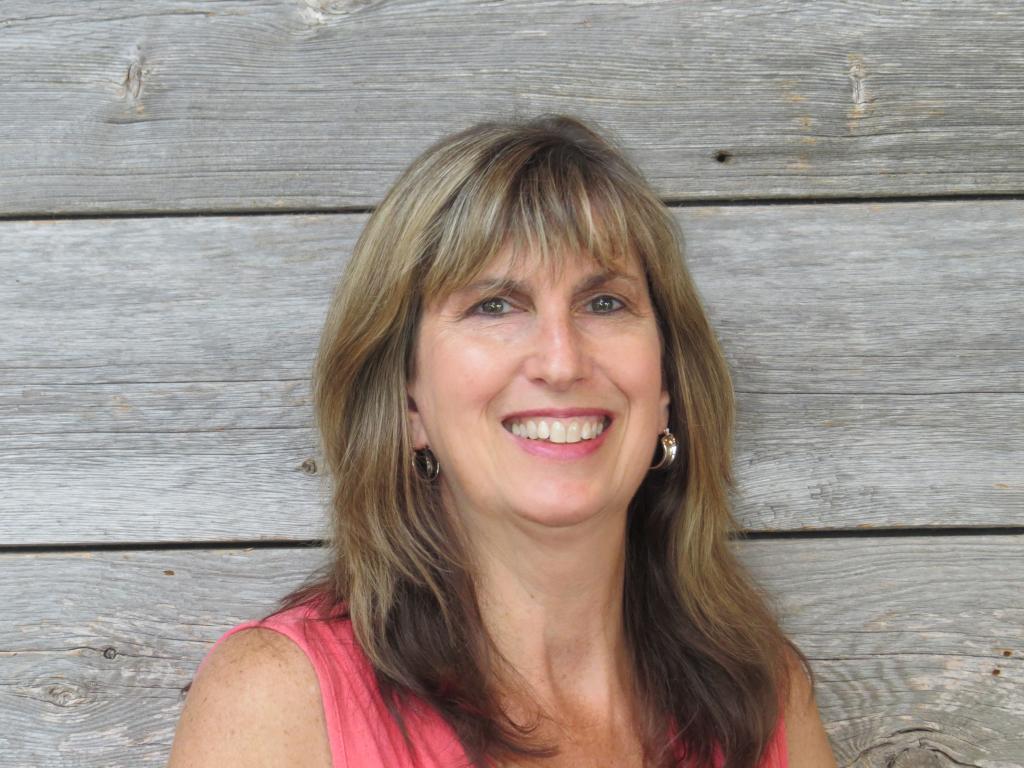ATLANTA, Ga. – Timber investment group Domain Timber Advisors said it is seeing a surge in transactions this year with 78 land sales either closed or under agreement year-to-date, surpassing the 50 total in 2019. The group’s transactions have ranged from 2 to 10,700 acres, with an average of 500 acres, with the majority occurring in the Southeast.
“Despite business challenges related to the coronavirus pandemic, we’re experiencing a record year for land sale transactions,” said Joe Sanderson, managing director of natural resources at Domain Timber Advisors, LLC, an SEC-registered investment advisor and a subsidiary of Domain Capital Group LLC. “Interestingly, we’re seeing private individuals purchasing small, rural tracts to move outside of major cities and enjoy outdoor recreational activities away from the threat of COVID-19. As such, we expect demand for these types of properties through the end of this year and possibly 2021.”
The transactions include Domain Timber's donation of 151.2 acres of the Scrub Conservation Bank to the adjacent Archbold Biological Research Station in Highlands County, Florida. Approved and permitted by the U.S. Fish and Wildlife Service, in conjunction with the Florida Fish and Wildlife Conservation Commission, the bank is comprised of eight parcels that were identified as high priority restoration areas due to the historical presence of native scrub habitat for the federally-threatened Florida sand skink and Florida scrub-jay.
Domain Timber notes prior to bank development and restoration, the land was managed as a commercial citrus nursery, devoid of scrubby oak and pine flatwoods, wet prairies or southeastern bays. The group says following restoration efforts, the bank provides significant habitat for additional state and federally listed species, including the eastern indigo snake, blue-tailed mole skink, Florida panther and gopher tortoise. The bank is protected by a perpetual conservation easement, preventing future development of native habitat while serving as a permanent conservatory and biological research station.







Have something to say? Share your thoughts with us in the comments below.